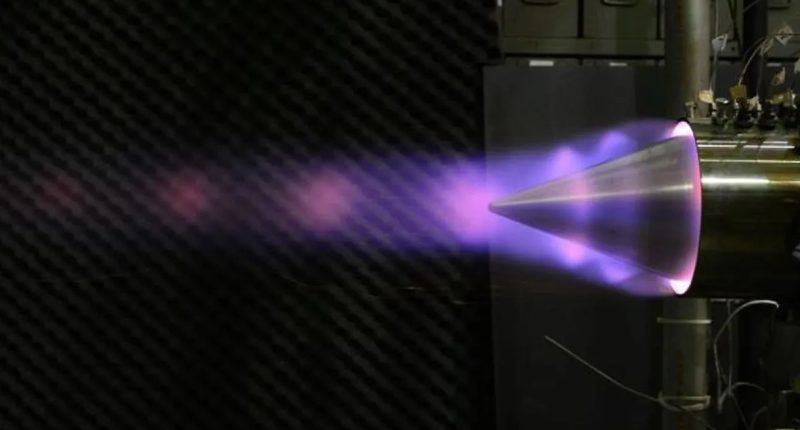CHINA has developed the “world’s most powerful rotating detonation engine” which could power an aircraft to travel between continents in just hours.
The revolutionary air-breathing engine should carry an airplane to 18.6 mile altitudes and propel it to up to 16 times the speed of sound.
If made possible, intercontinental flights would take just an hour and it would consume far less fuel than a conventional jet engines.
The groundbreaking discovery would also offer potential for lower costs.
And with the engine being compact, critical volume can be used to carry extra fuel and payload.
RDEs can start from zero-speed and reach several times the speed of sound while its counterparts require high initial speeds to achieve the same.
With unparalleled speed, this revolutionary engine would allow military to reach its targets in extraordinarily quick time.
Zhang Yining and his team at the Beijing Power Machinery Institute published their invention in the Chinese Journal of Propulsion Technology.
This comes as China boasted a hypersonic missile that can shoot down US’s new “invisible” B-21 stealth bomber in a chilling WW3 simulation.
China and US race to develop the best, most deadly, next-generation aircraft.
Most read in Tech
Both countries have previously flaunted their advancement in hypersonic arms field.
The US top secret plan promised to bring the world’s fastest plane to the skies in 2025 with a staggering speeds of over 4,000 mph.
And China secretly tested two hypersonic nuke missiles which circled the Earth and “defied the laws of physics”.
The newest development by China is an engine that operates in two modes, with the first one below Mach 7 using a continuous rotating detonation.
Air from outside mixes with fuel and gets ignited, which leads to the creation of a shock wave.
In the rotation denotation engines, a detonation wave builds its own pressure rather than losing pressure as it occurs in conventional compressor-equipped turbine engines.
Part of the released energy feeds back into the shock wave to maintain continuous operation.
This makes RDEs highly efficient for space launch vehicles, spacecraft and missile propulsion.
It also means the explosion of combustible gases can convert up to 80 per cent of chemical energy into kinetic energy.
In comparison, conventional turbofan engines that rely on slow and gentle combustion typically achieve 20 or 30 per cent efficiency.
When the aircraft travels above Mach 7, the shock waves stop rotating and oblique detonation takes over.
Fuel auto-detonates as it reaches the rear platform due to the high speed of incoming air.
The engine relies on detonation as its primary driving force throughout its operation.
But the transition to the new detonation engine is challenging due to the two modes.
When the speed approached Mach 7, the rotating detonation mode became unsustainable which means the oblique detonation had to be ignited quickly.
Read more on The Sun
The authors think the solution to this is to lower the incoming air speed from Mach 7 to Mach 4.
Despite the engine being a relatively undemanding and efficient in theory, there is still more work to be done until a practical, usable product can be made.












